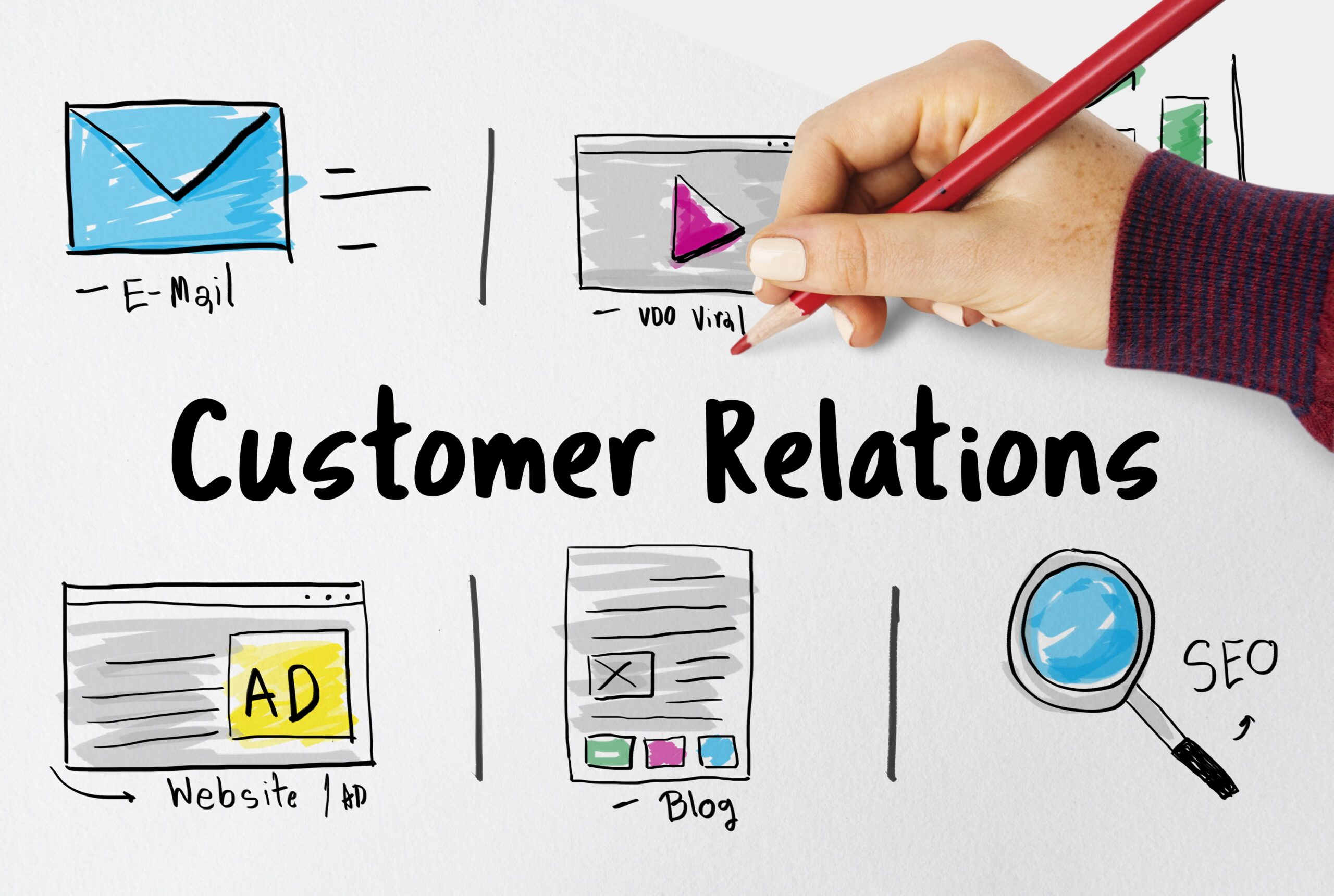Unpacking the Email A/B Testing Best Practices
A/B testing is one of the most powerful tools available to email marketers. It offers the ability to measure the effectiveness of an email campaign, allowing marketers to make informed decisions on how to optimize their content for the best results. But, in order to get the most out of your email A/B testing, it is important to understand the best practices for conducting these tests. In this blog article, we will be unpacking the email A/B testing best practices, from setting up the test to avoiding common pitfalls. So, let’s get started!
What is A/B Email Testing?
A/B testing, also known as split testing, is a method of testing two versions of an email to determine which one performs better. It is a key tool for email marketers, as it allows them to measure which elements of their email campaigns are the most effective and which areas need improvement.
When conducting an A/B test, marketers will send two versions of an email to a sample audience. The two versions will be identical, with the exception of one or two elements that are being tested. These elements could be anything from the subject line, the call to action, to the layout and design of the email.
Once the two versions have been sent, marketers can track the performance of each version and compare the results. This allows them to identify which version of the email performed better, and make changes accordingly.
Why is A/B Testing Important for Email Marketing?
A/B testing is essential for email marketing for a number of reasons. Firstly, it allows marketers to measure the effectiveness of their campaigns. By testing different elements, marketers can identify which elements are working and which need improvement. This means that they can make informed decisions on how to optimize their campaigns for the best results.
Secondly, A/B testing allows marketers to target their campaigns more effectively. By testing different versions of the same email, marketers are able to identify which versions are resonating with their audiences and which are not. This allows them to tailor their campaigns to their audiences, ensuring that their messages are reaching the right people.
Finally, A/B testing allows marketers to stay up to date with the latest trends and technologies. By testing different elements, marketers can identify which elements are working and which are becoming outdated. This means that they can keep their campaigns fresh and relevant, ensuring that they remain competitive in the ever-changing email marketing landscape.
Setting up an A/B Test
Setting up an A/B test is a simple process. Firstly, you will need to decide which element you are going to test. This could be anything from the subject line, the call to action, to the layout and design of the email. Once you have decided on the element that you are going to test, you will need to create two versions of the email.
The two versions should be identical, with the exception of the element that you are testing. This will allow you to accurately track the performance of each version and compare the results. Once you have created the two versions, you will need to set up the test.
This involves setting the parameters of the test, such as the target audience, the duration of the test, and the criteria for success. Once you have set up the test, you will then need to send the two versions of the email to your sample audience.
Once the test has run its course, you can analyze the results and make changes accordingly.
Choosing the Right Test
Choosing the right test is essential for getting the most out of your A/B testing. When selecting an element to test, it is important to choose one that is likely to have a significant impact on the performance of the email.
For example, if you are looking to increase your open rate, you may want to test different subject lines. Alternatively, if you are looking to increase your click-through rate, you may want to test different call to actions. It is also important to consider the context of the test.
For example, if you are testing an email to a new audience, you may want to test different elements than you would if you were testing an email to an existing audience. By taking the time to select the right test, you will be able to get the most out of your A/B testing efforts.
Tips for Optimizing Your A/B Testing
Once you have set up your A/B test, there are a few simple steps you can take to optimize your results. Firstly, it is important to give your tests enough time to run. It is common for results to take several days to become apparent, so it is important to give the test enough time to run before making any changes.
Secondly, it is important to keep the sample size of your test consistent. A large sample size will ensure that the results of your test are accurate and reliable. Finally, it is important to track the performance of your tests over time.
By tracking the performance of your tests over time, you will be able to identify any trends and make changes accordingly.
Common Pitfalls to Avoid when A/B Testing
When conducting A/B tests, there are a few common pitfalls to avoid. Firstly, it is important not to make any assumptions. It is easy to jump to conclusions when looking at the results of a test, but it is important to remember that correlation does not equal causation.
It is also important to avoid testing too many elements at once. When conducting an A/B test, it is important to only test one element at a time, as this will ensure that the results of the test are reliable and accurate. Finally, it is important to avoid relying on outdated data.
It is important to keep up to date with the latest trends and technologies, as this will ensure that your A/B testing efforts are relevant and effective.
Conclusion
A/B testing is an essential tool for email marketers, as it allows them to measure the effectiveness of their campaigns and make informed decisions on how to optimize their content for the best results. However, in order to get the most out of your email A/B testing, it is important to understand the best practices for conducting these tests.
By following the tips outlined in this blog article, you will be able to set up and optimize your A/B tests for the best results. So, what are you waiting for? Start A/B testing today and start optimizing your email campaigns for success!
Are you ready to get started? Sign up for DirectIQ today.










